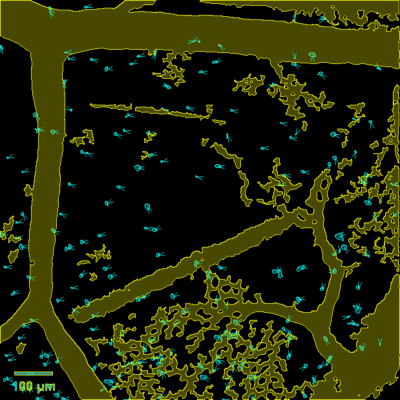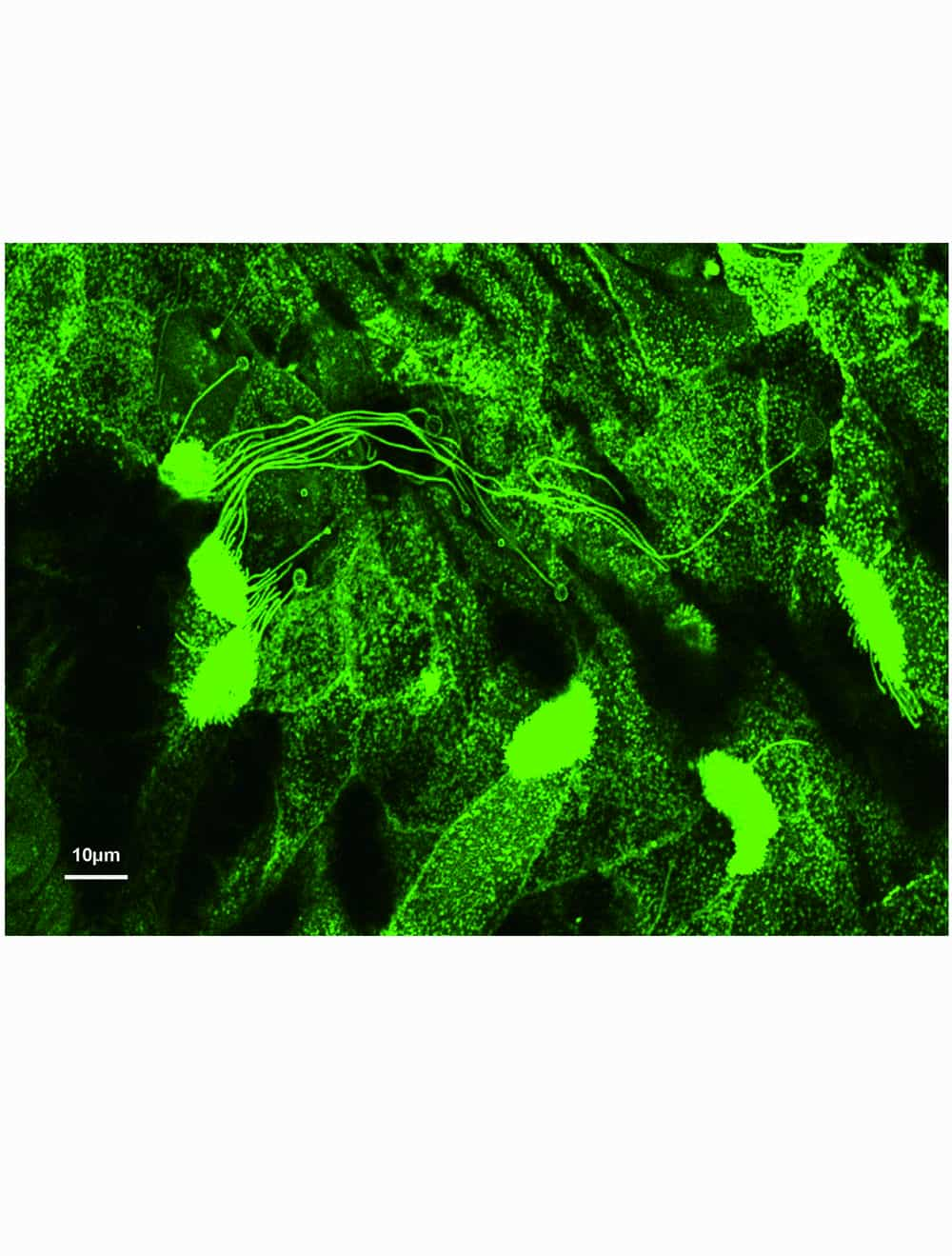
The Zhang Lab focuses on function and mechanism of migrasome in vascular network pattern formation during embryo development and neo-vascularization and try to figure out the role of migrasome in spatiotemporal regulation of many signal molecules and the principle in other organ pattern design.
Join us
If you are interested in these field, please contact us at zhangcuifang13142006@126.com or zcfys@pku.edu,cn
Migrasome
Migrasomes are newly discovered organelles of migrating cells. When a cell migrates, numerous long membrane tethers named retraction fibers are pulled out from the trailing edge of the cell. Large vesicles named migrasomes grow on the retraction fibers. Migrasomes are connected to the retraction fibers and contain numerous intraluminal vesicles, which give migrasomes their characteristic morphological feature.
Vascular Branch Pattern
During embryonic development, the precise regulation of various complex pattern depends on the expression, secretion and spatiotemporal regulation of a large number of signal molecules, especially the vascular system. The expanded vascular network must sprout and branch frequently to ensure that all tissues can obtain adequate blood supply. Most important, this expanded vascular network must comply with strict structural patterns to match specific tissue structures. The heart and lung are good examples, where the matching relationship between blood flow branches and the distribution of myocardial cell and alveoli is critical for their function, but little is known about how this matching pattern is formed. The vascular system is the first functional organ developed in the embryo and is critical for nutrients and oxygen supply. Vascular branching morphogenesis relies on the precise localization of secreted modulators of epithelial growth to select branch sites and direct branch elongation, but the intercellular signals that control blood vessel branching have not been previously identified. The establishment of the concentration gradient of angiogenic factor is the key to design the branch point and form the new vascular network to match the corresponding tissue structure.
Key questions
1, Vascular Branch Pattern formation in neo-vascularization.
A: How does migrasome affect tumor vascular pattern by establishing an effective molecular spatial concentration gradient?
B: The role of migrasome in the tumor dormancy and activity switch?
C: Clinical transformation in tumor therapy.
2, Vascular Reconstruction in myocardial ischemia.
A: “Monocyte vanguard model” existed in vascular reconstruction?
B: Other echanism in vascular reconstruction?
C: Clinical transformation in myocardial ischemia.
3, Mechanism in tubular topological architecture design?
A: Role of migrasome in Tube branches direction, frequency and geometry.
B: Principle in tubular topological architecture design.



 Cui-Fang Zhang Lab
Cui-Fang Zhang Lab